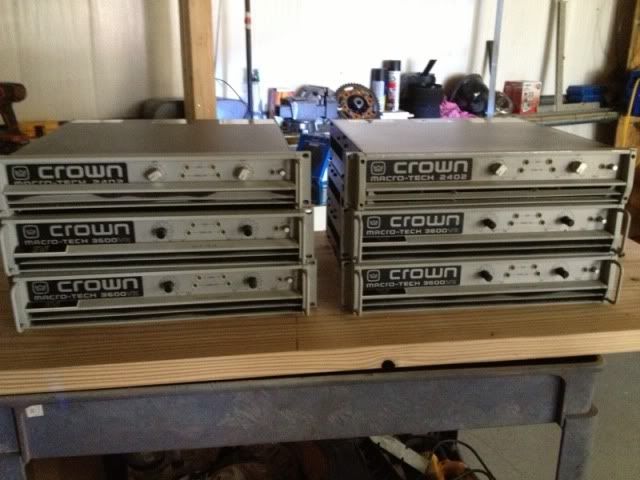BUT, were any of those folded horns? The air pressures in the horn path make and or break them (literally, as well as figuratively) I would run the risk of saying a STRAIGHT horn could be made using wood glue with much less risk, since air leaking <out> of any spot wouldn't be leaking <into> another portion of the horn. That pressure's gotta go SOMEWHERE! An internal air leak is a dead short of sorts, bypassing the bit of horn between the out leak and the in leak.hifibob wrote:... I can honestly say I've built 100s speakers over the last 20 years using glue and silicone w great success...
As for being a neat freak, I can relate. There are a couple of different approaches you can take.
1. Glob on the PL, with a nice fat rope of a bead. This will allow squeezeout, and as the PL expands and dries, it will squeeze out even more. If the squeezeout is allowed to sit unmolested until dry, you can go back with an x-acto knife and slice parallel to one panel, then parallel to the other, and at the contact points of the slices the bead comes out quite nicely, sometimes in long strips. (This is probably the most reliable method, IMHO.)
2. Finger it in (STOP IT!) like you would caulk around a tub, moving the slight excess down as you go. This gets rid of the initial squeezeout, but does not help with the expanded bit later on. You can take a rag, dampen it with mineral spirits, cover your finger and wipe off the excess. The spirits will cut through it well, but you must re-wipe it several times to really get down to the wood. If you are going to stain it, repeat even more, as even the thinnest layer of PL will be visible through the stain. If you're just going to paint or duratex it, this will get it down to a low level for that. But you'll still have more squeezeout later on (thicker and harder to deal with) that you'll have to figure out what to do with.






